On January 27, 1971, a private corporate jet vanished shortly after taking off from Burlington, Vermont, en route to Providence, Rhode Island. Aboard were two pilots, Donald Myers and George Nikita, and three passengers, Richard Windsor, Robert Williams, and Frank Wilder, employees of a Georgia development company.
Despite numerous search efforts spanning over five decades, the wreckage remained elusive – until now. What became of the ill-fated flight remained one of aviation’s enduring mysteries, haunting the families left behind with unanswered questions.
A Breakthrough Discovery
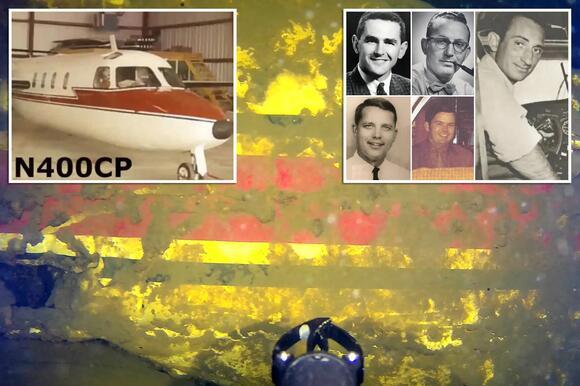
Underwater searcher Garry Kozak and a team of researchers have made a groundbreaking discovery, locating the missing jet’s wreckage 200 feet below the surface of Lake Champlain. Sonar imaging revealed a custom paint scheme matching the missing plane, and the evidence left little doubt.
“With all those pieces of evidence, we’re 99% absolutely sure,” Kozak said. The wreckage was found near Juniper Island, close to where air traffic controllers had last tracked the plane before it vanished from radar.
Closure of an Old Case and New Questions
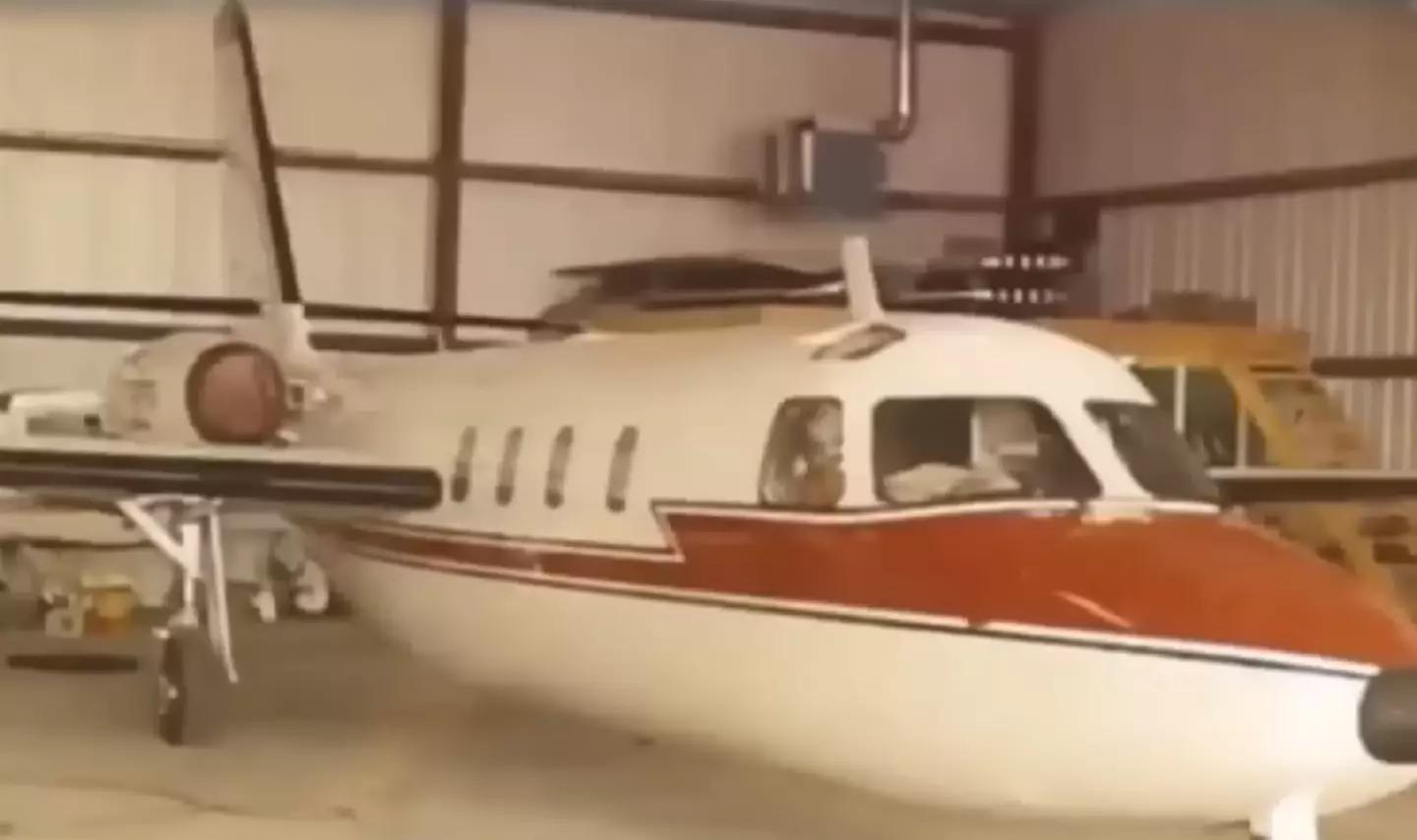
For the families of the victims, the discovery brings a mix of relief and renewed anguish. Barbara Nikitas, niece of pilot George Nikita, expressed the conflicting emotions, saying, “To have this found now… it’s a peaceful feeling, at the same time it’s a very sad feeling.
We know what happened. We’ve seen a couple of photos. We’re struggling, I think, with that now.” The revelation rips open old wounds, forcing them to confront the reality they had long feared.
A Long-Awaited Answer Finally Arrives
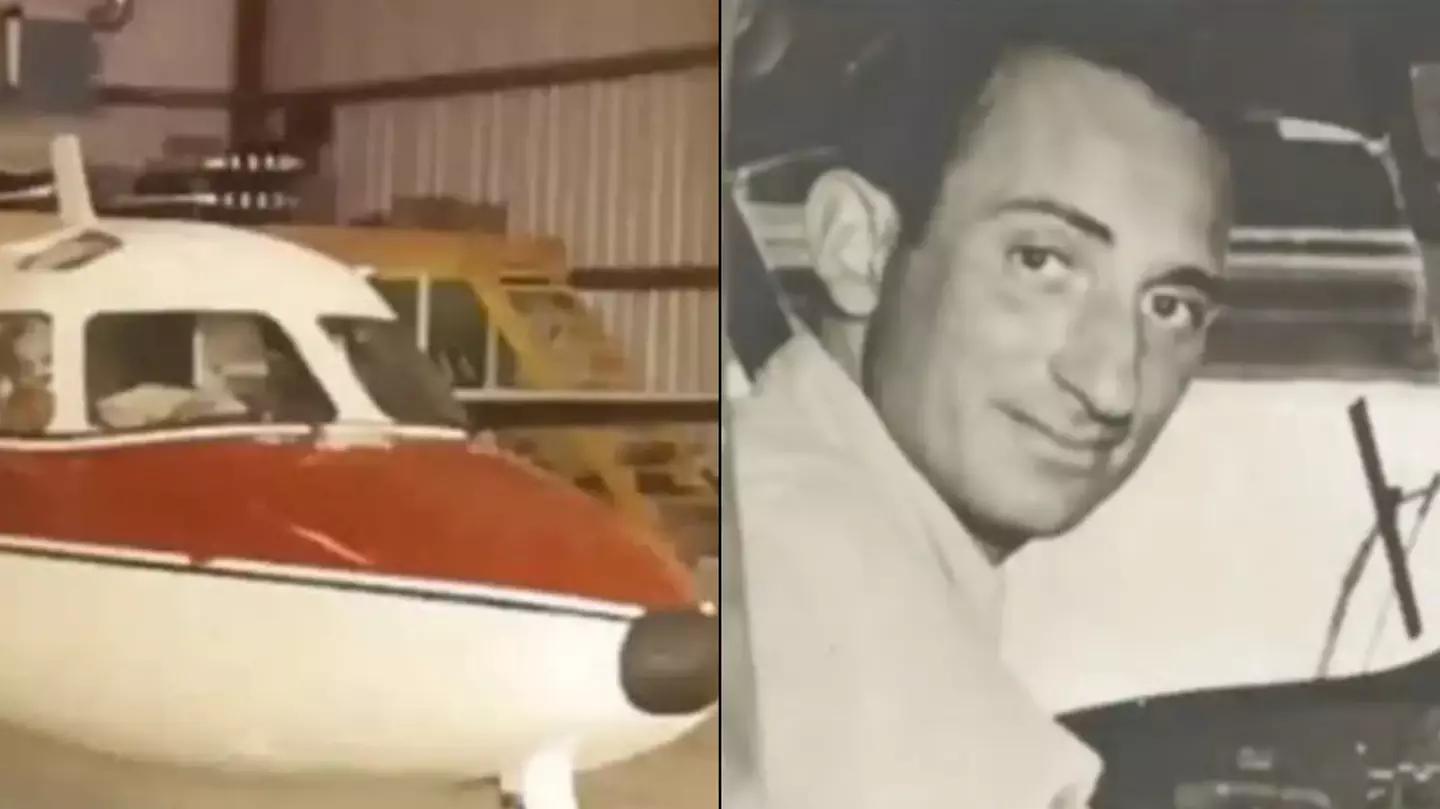
Frank Wilder, whose father was a passenger on the ill-fated flight, echoed the sentiment of relief tempered by lingering questions. “Spending 53 years not knowing if the plane was in the lake or maybe on a mountainside around there somewhere was distressing,” he said.
“And again, I’m feeling relieved that I know where the plane is now, but unfortunately, it’s opening other questions, and we have to work on those now.” The discovery provides a crucial piece of the puzzle but also raises new uncertainties about what truly transpired that fateful night.
Initial Clues and Futile Searches
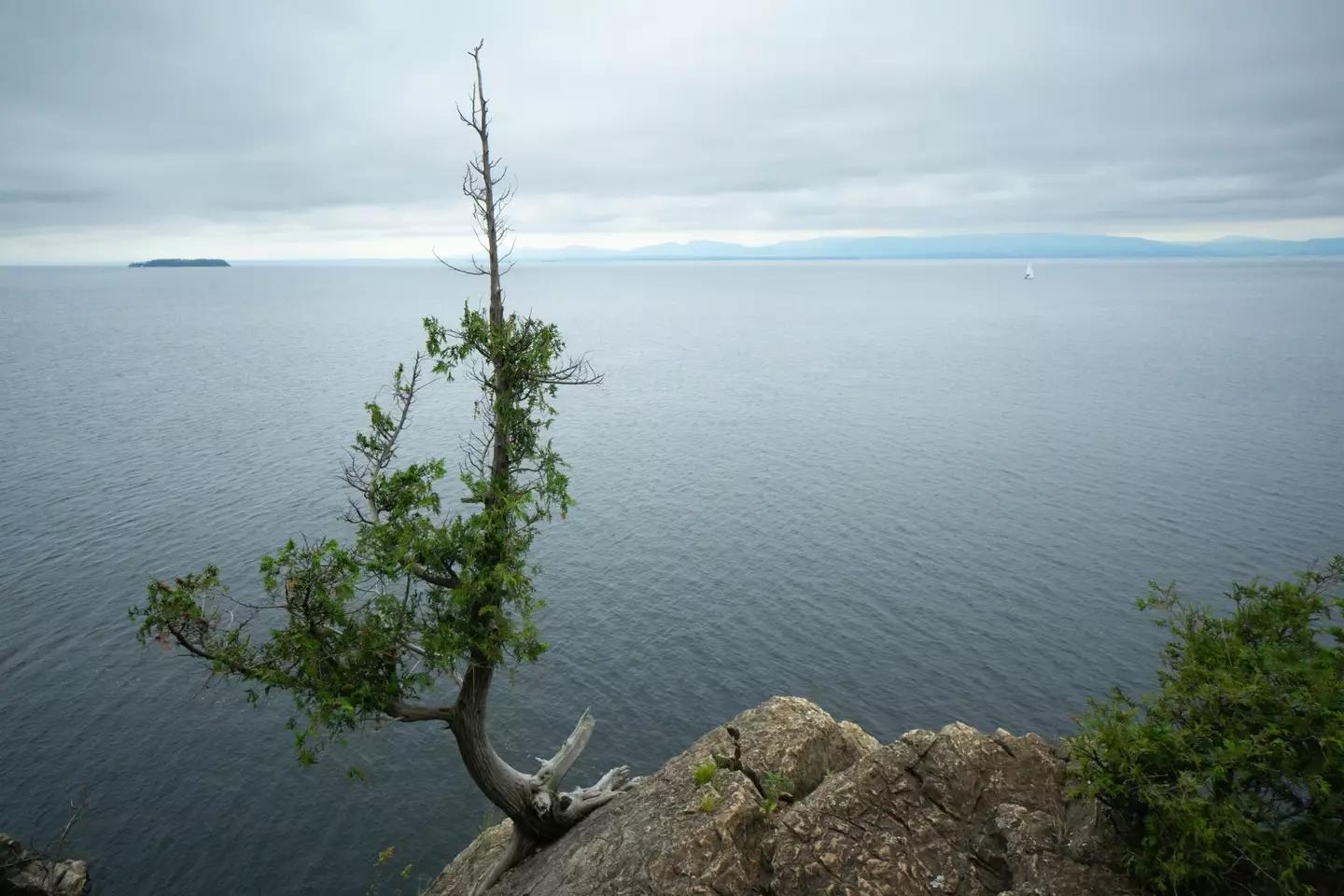
In the spring of 1971, after the ice melted on Lake Champlain, debris from the plane was found on Shelburne Point, Vermont. However, an underwater search in May of that year failed to locate the wreckage.
Over the ensuing decades, at least 17 other searches were conducted, including one in 2014 prompted by the infamous disappearance of Malaysia Airlines Flight 370, but none were successful. Each failed attempt was a crushing blow, magnifying the frustration and leaving more questions than answers.
A Persistent Pursuit

Kozak’s determination and meticulous analysis of sonar surveys proved instrumental in finally cracking the case. After the 2014 search yielded no results, he remained intrigued and studied a sonar survey of the lake conducted by the Lake Champlain Maritime Museum and Middlebury College.
His diligence paid off when he identified four anomalies on the lake floor, one of which turned out to be the long-lost wreckage. Where others had given up, Kozak’s unwavering tenacity drove him forward, fueled by a burning desire to solve the mystery.
A Collaborative Effort
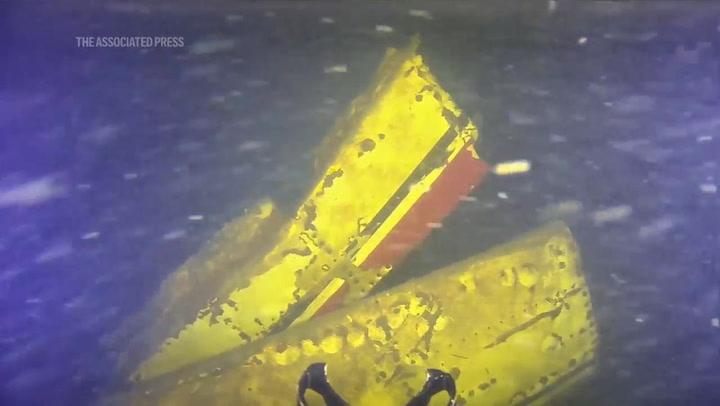
The search for the missing jet was a collaborative effort, with relatives of the victims playing a pivotal role. Barbara Nikitas and her cousin Kristina Nikita Coffey spearheaded recent search efforts and connected with other victims’ families.
Charles Williams, whose father was on the plane, praised Kozak’s dedication, calling him a “hero” for his unwavering commitment to finding the wreckage. The families’ involvement was a testament to their enduring love and the strength of their bond, even in the face of tragedy.
Piecing Together the Puzzle
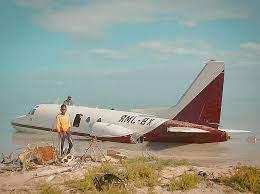
What fascinated the group was the way information and perspectives merged as they shared their individual pieces of the puzzle. “Everybody had pieces of the pie and the puzzle that when we started sharing information and sharing documents, what we got was a much greater both understanding and perspective of the information, how we were all impacted by this,” Williams reflected.
By pooling their knowledge and resources, they were able to construct a more complete picture, filling in gaps and shedding light on the events of that fateful day.
Verifying the Wreckage

While the evidence strongly suggests the wreckage is indeed the missing jet, the National Transportation Safety Board (NTSB) is investigating to verify its identity conclusively. The NTSB does not typically conduct salvage operations, which can be costly, leaving the families to grapple with the decision of whether to disturb the site.
With the wreckage located, the focus now shifts to determining the next steps and the extent of the investigation. The NTSB’s involvement lends credibility and expertise, but the ultimate decision may rest on the shoulders of the grieving families.
A Delicate Decision
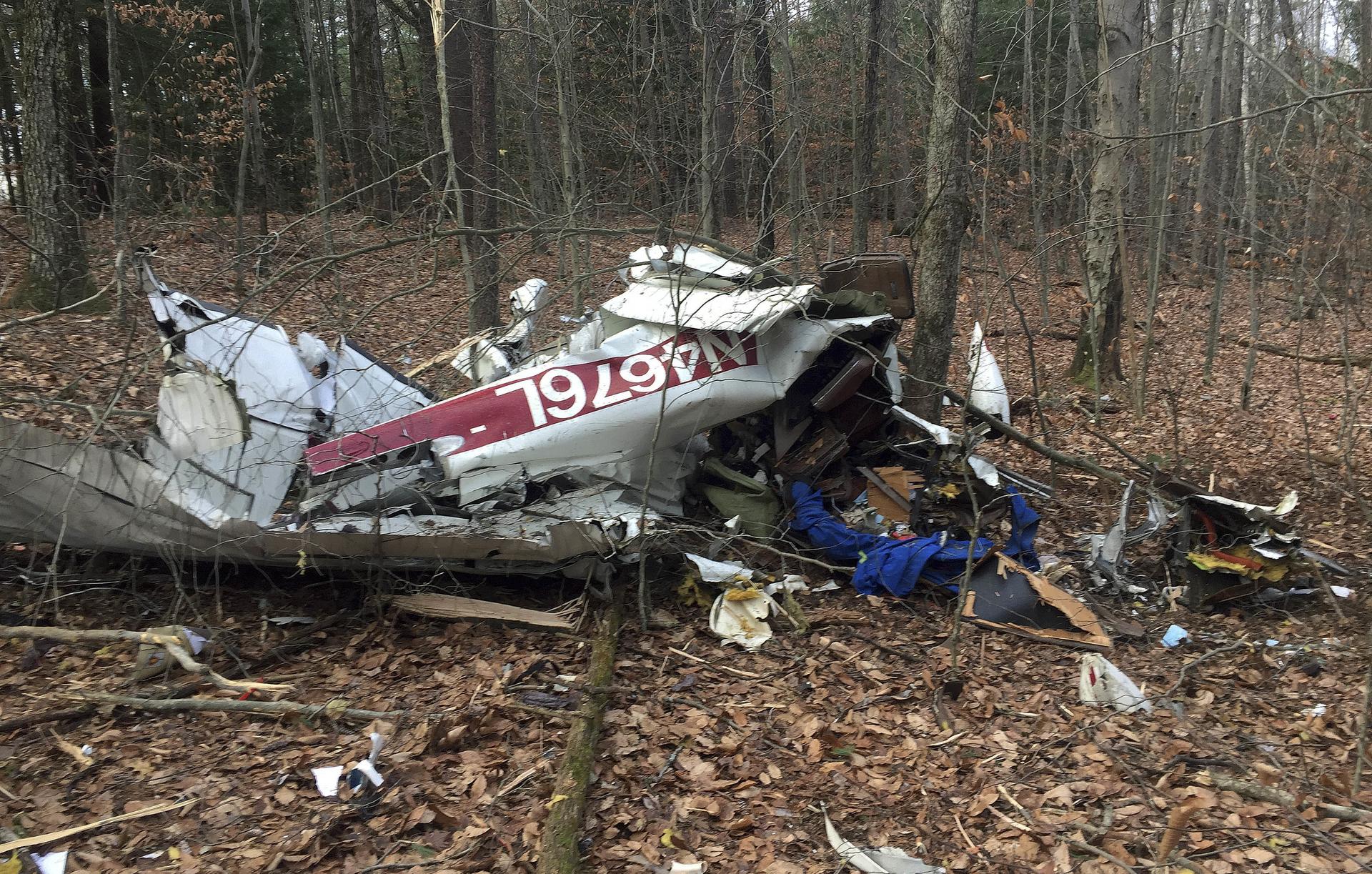
Charles Williams acknowledged the difficult choice ahead, saying, “Whether there are tangible remains, and I hate to say it that way, and worth disturbing, that’s a decision that we’ll have to figure out later, and part of what we’re unpacking now.
It’s hard when you start to think about that.” The emotional toll of potentially recovering remains adds another layer of complexity to the process. Disturbing the final resting place of their loved ones is a gut-wrenching prospect, one that must be weighed against the potential for closure and understanding.

